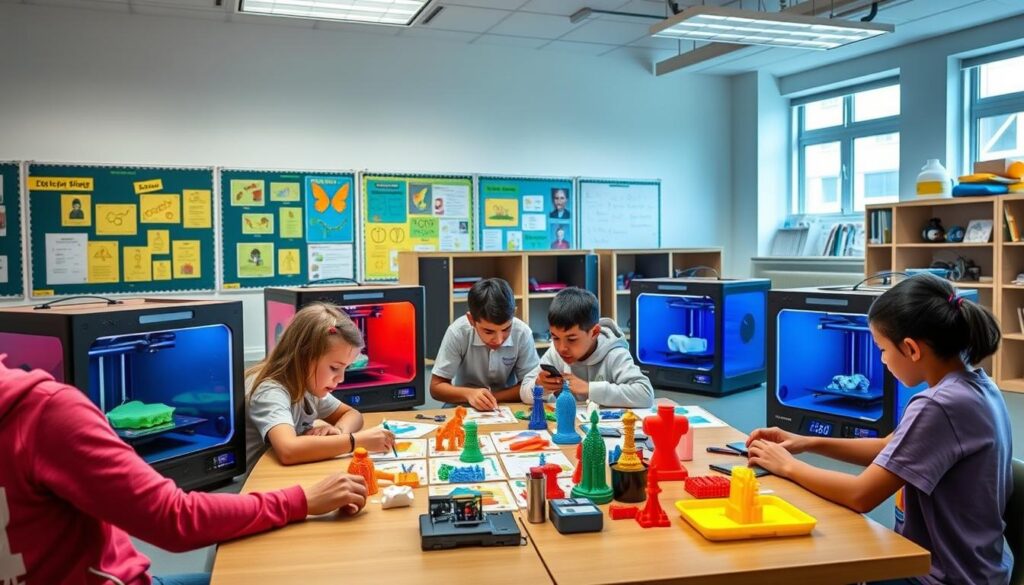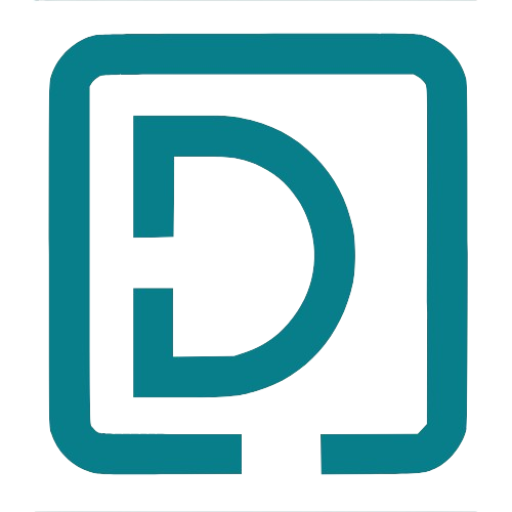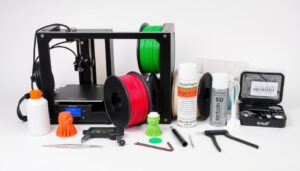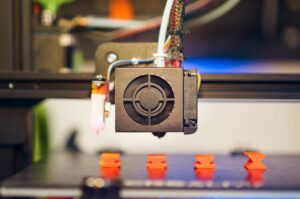Imagine a classroom where ideas come to life as real models. Last spring, a group of seventh-graders started a project that changed their view of geometry. They used educational 3D printing tools to create detailed shapes, seeing math in a new way.
This approach sparked their creativity, turning math into an exciting journey. With 3D printing in schools, more students are experiencing learning in a new way. They get to be active participants in their education through 3D printing.
This section will show how 3D printing is changing education. It’s not just an extra tool but a major shift in learning. We’ll see how it offers students real-world experiences that connect theory and practice.
Key Takeaways
- 3D printing enhances creativity and innovation in students.
- It provides practical applications for theoretical concepts.
- Supports diverse learning styles and student engagement.
- Fosters real-world problem-solving skills.
- Redefines traditional education methods.
Introduction to 3D Printing in Education
Education is changing, and 3D printing is key. It brings new ways for teachers and students to learn. It makes learning fun and hands-on.
What is 3D Printing?
3D printing makes real objects from digital designs. It uses materials like plastic and metal. There are different ways to do it, like FDM and SLA.
FDM melts plastic to build layers. SLA uses light to harden resin layer by layer. Now, more schools can use 3D printing to teach.
The Evolution of Educational Tools
Tools for learning have changed a lot. From old books to new tech, 3D printing is a big step. It lets students dive deep into their studies.
Before, learning was mostly from books. Now, 3D printing makes learning fun and interactive. It’s affordable and easy to use, making it a must-have in classrooms.

| Aspect | Traditional Tools | 3D Printing Technology |
|---|---|---|
| Interactivity | Static Models | Dynamic, Customizable Objects |
| Cost | Higher Upfront Costs | Decreasing Costs, Increased Access |
| Engagement | Limited Student Activity | Hands-On Learning Opportunities |
| Adaptability | Standardized Resources | Tailored Learning Experiences |
Benefits of 3D Printing in Learning
Adding 3D printing to schools brings many benefits. It boosts creativity and meets different learning needs. This technology is now used in schools worldwide.
Enhancing Creativity and Innovation
3D printing lets students work on creative projects. They can make real models from their ideas. This hands-on learning helps them think critically and solve problems.
Bridging Theory and Practice
3D printing makes abstract ideas real. It helps students understand math and science better. By seeing and touching models, they learn more effectively.
Supporting Diverse Learning Styles
Every student learns in their own way. 3D printing helps all types of learners. It supports visual, kinesthetic, and auditory learners, making learning fun for everyone.

| Learning Aspect | Benefit of 3D Printing | Target Learning Style |
|---|---|---|
| Creativity | Encourages design and prototyping | Visual, Kinesthetic |
| Understanding Concepts | Visualizes theories and ideas | Visual, Auditory |
| Diverse Learning | Accommodates different preferences | All Styles |
Implementing 3D Printing in the Classroom
Teachers are now using 3D printing in schools more often. This technology makes learning fun and engaging. It helps students think creatively and get excited about learning.
Key Considerations for Educators
Teachers face challenges like budget limits and the need for training. They must also make sure projects fit with what students are learning. By getting better at using 3D printing, teachers can make learning more meaningful for their students.
Curriculum Integration Strategies
3D printing can be used in many subjects. Students can make models for biology or design buildings in art. This way, learning becomes more interactive and fun.
Successful Case Studies and Examples
Many schools have seen great results from using 3D printing. Students get to make and test their own designs. This helps them learn about engineering and prepares them for the future.
Tools and Resources for Educators
Teachers have many resources to help them use 3D printing. There are software, online groups, and companies that support them. Knowing about these tools helps teachers improve their teaching and make learning better for everyone.




